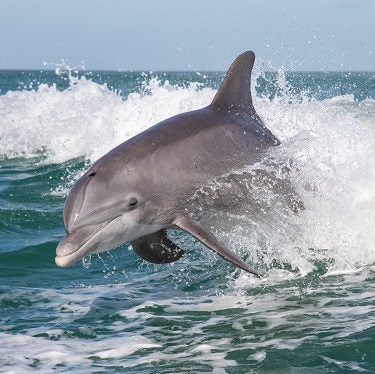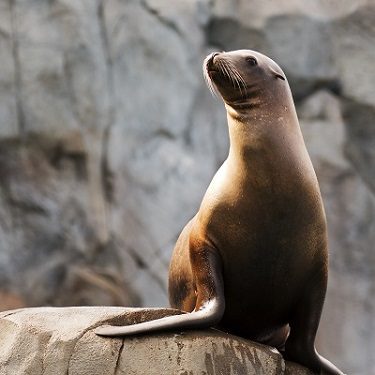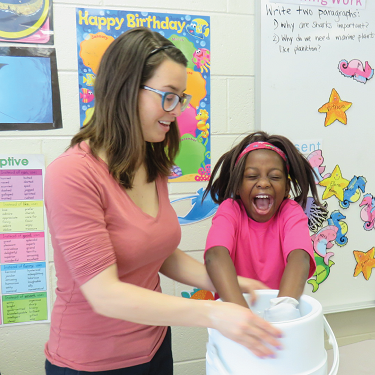Marine Life Encyclopedia
Ocean Fishes
Guineafowl Puffer
Arothron Meleagris
Distribution
Tropical to warm temperate latitudes of the Indian and Pacific oceans
eCOSYSTEM/HABITAT
Coral reefs
FEEDING HABITS
Foraging predator
TAXONOMY
Order Tetraodontiformes (plectognaths), Family Tetraodontidae (puffers)
The guineafowl puffer, like all puffers, has powerful jaws and beak-like teeth. The teeth of the upper jaw are fused into two tooth plates, as are the teeth in the lower jaw. In fact, the family name for puffers (Tetraodontidae) means “four teeth,” reflecting the two tooth plates that these fishes have in each jaw. Guineafowl puffers are foraging predators that eat a variety of sessile invertebrates. Their preferred prey is branching coral (including lobe coral), but they also occasionally eat sponges, soft corals, and other reef organisms.
The guineafowl puffer is a poor swimmer and can easily be caught by predators. However, when threatened, this species has the incredible ability to swallow water and inflate itself to several times its normal size. Though the process takes a few seconds, it is quite effective at preventing predation. It is very difficult for a predator to swallow an inflated individual. When a guineafowl puffer no longer feels threatened, it uses muscles along its abdomen to push the water back out of its mouth. Even if successfully eaten (before it can inflate), this species can be poisonous to potential predators, as it stores toxins created by symbiotic bacteria that live inside its body. Therefore, this species is rarely eaten.
The guineafowl puffer is typically fairly uncommon but can reach large numbers at some locations. It is generally not eaten (partly as a result of its toxic nature) but is a valuable species in the live trade, where it is captured for display in public and private aquaria. Its numbers may have been reduced in some locations, but populations are generally stable, and the guineafowl puffer is considered to be a species of least conservation concern.
Engage Youth with Sailors for the Sea
Oceana joined forces with Sailors for the Sea, an ocean conservation organization dedicated to educating and engaging the world’s boating community. Sailors for the Sea developed the KELP (Kids Environmental Lesson Plans) program to create the next generation of ocean stewards. Click here or below to download hands-on marine science activities for kids.
Additional Resources:
Get Involved

Donate Today
SUPPORT OUR WORK TO PROTECT THE OCEANS BY GIVING TODAY
With the support of more than 1 million activists like you, we have already protected nearly 4 million square miles of ocean.

TAKE ACTION NOW
Support policy change for the oceans
Decision-makers need to hear from ocean lovers like you. Make your voice heard!

VISIT OUR ADOPTION CENTER
SYMBOLICALLY ADOPT AN ANIMAL TODAY
Visit our online store to see all the ocean animals you can symbolically adopt, either for yourself or as a gift for someone else.

DOWNLOAD OCEAN ACTIVITIES
HELP KIDS DISCOVER OUR BLUE PLANET
Our free KELP (Kids Environmental Lesson Plans) empower children to learn about and protect our oceans!




